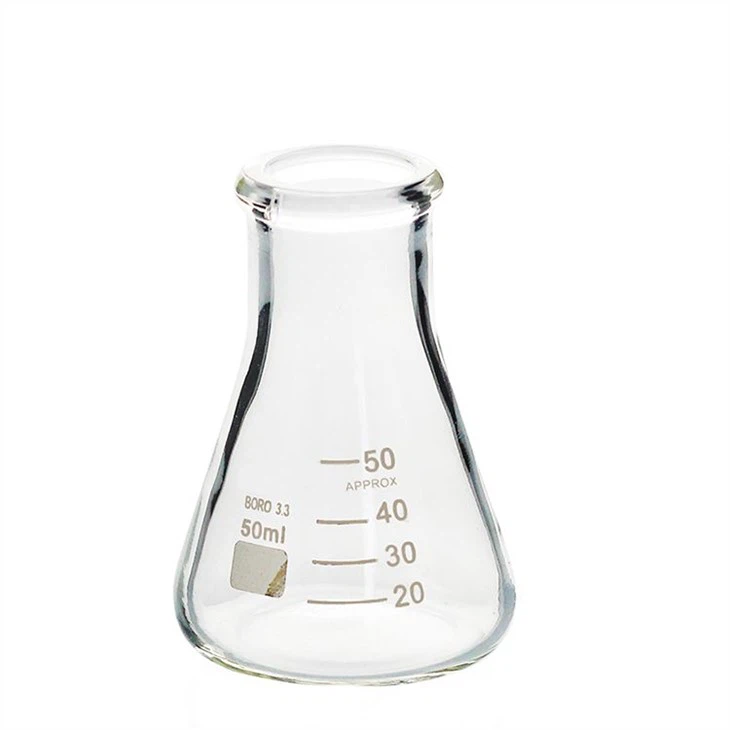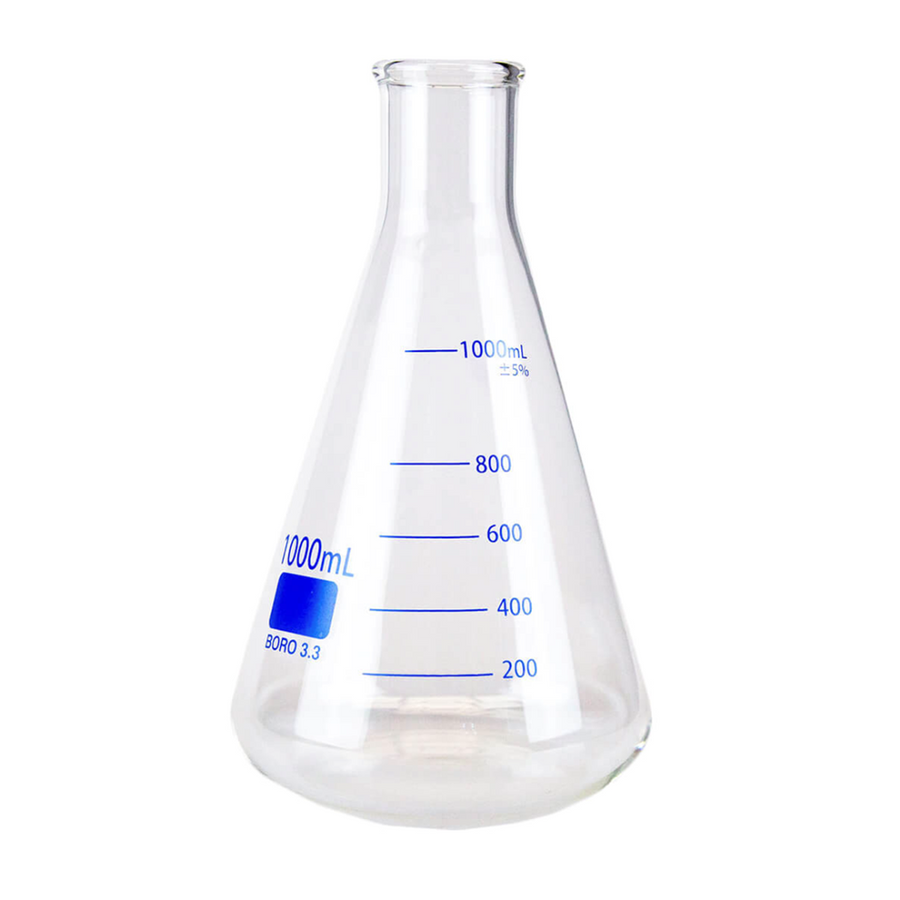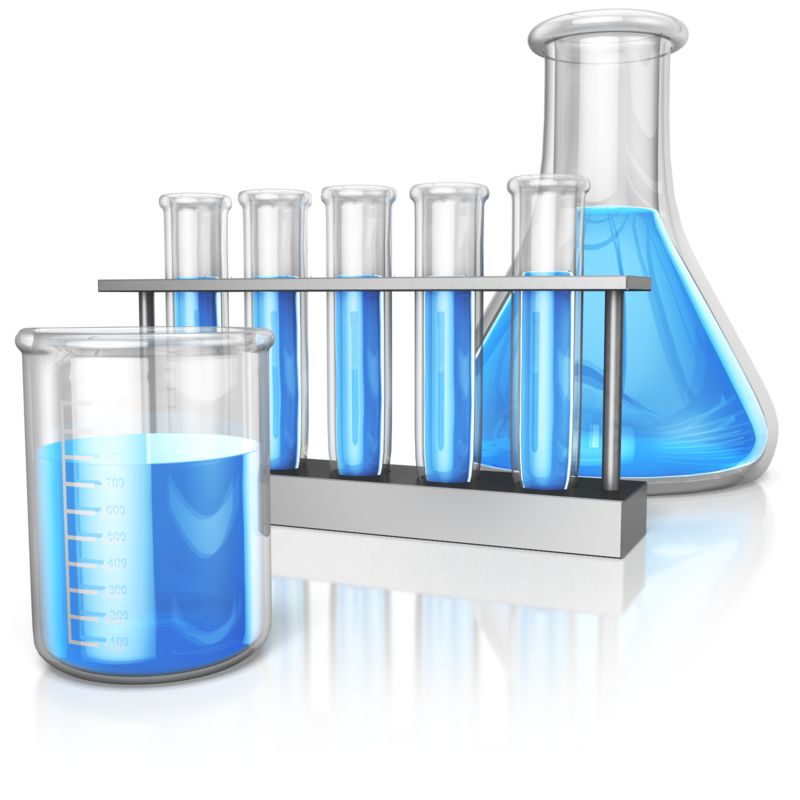When it comes to conducting experiments in a laboratory setting, selecting the right glassware is crucial. Two of the most commonly used types of glassware are flask vs beaker. Each of these tools has unique features and specific applications, making it essential to understand their differences so you can choose the appropriate one for your needs. In this article, we will explore the characteristics, advantages, and uses of both flask vs beaker, helping you make informed decisions in your experimentation process.
The Basics of Beakers
Understanding Beakers
Beakers are one of the most fundamental pieces of laboratory glassware. They are typically cylindrical in shape and feature a flat bottom, which allows for easy heating and stirring. Beakers are marked with graduated measurements, providing an estimate of volume, although they are not designed for precise measurements. Their wide open design makes them convenient for mixing, heating, and observing chemical reactions. Beakers come in various sizes, from 50 mL to several liters, making them versatile for different applications.
Common Uses of Beakers
Beakers serve multiple purposes in a lab setting. They are ideal for mixing solutions, heating liquids, and serving as containers while conducting experiments. You can also use them for preliminary mixing before transferring materials to more specialized equipment. Additionally, beakers are commonly used in educational settings for demonstrations, allowing students to observe reactions and transitions easily. Their durability and ease of use make them a staple in nearly all laboratories.

The Essentials of Flasks
Understanding Flasks
Flasks, specifically Erlenmeyer flasks and volumetric flasks, have distinct shapes and purposes. Erlenmeyer flasks feature a conical design with a narrow neck, which helps prevent spills during swirling. This shape makes them suitable for carrying out reactions that require mixing without risk of splattering. Volumetric flasks, on the other hand, have a flat bottom and a long neck designed specifically for precise volume measurements of solutions. They are particularly useful in analytical chemistry for preparing standard solutions.
Advantages of Using Flasks
Flasks come with several advantages that make them preferable for certain tasks. The narrow neck of an Erlenmeyer flask helps minimize evaporation during heating, allowing for better concentration of solutions. Furthermore, the design enables efficient mixing without the need for a stirrer, making them particularly convenient when working with volatile substances. Volumetric flasks provide the precision needed for quantitative analysis, allowing you to create standardized solutions accurately.
Comparing Shapes and Designs
Design Variations
The shapes of flask vs beaker reflect their intended uses. Beakers have wide mouths, allowing easy access for stirring and pouring, while their flat bottoms provide stability. Flasks, particularly the Erlenmeyer type, have a tapered shape with a narrow neck that restricts the opening. This design minimizes the risk of splashing during mixing and allows for the addition of stoppers for reactions that evolve gases.
Impact on Functionality
The design of these two types of glassware heavily influences their functionality. Beakers, while easy to use for pouring and mixing, are not ideal for precise volume measurements. On the other hand, although flasks offer enhanced mixing capabilities, particularly with violent reactions, their narrow neck makes transferring materials a bit trickier. Understanding these design elements helps you determine which tool suits your specific experimental needs.

Accuracy and Measurement
Precision with Flasks
When it comes to conducting experiments that require precise measurements, flasks generally take the lead. Volumetric flasks are calibrated for exact volume measurements, making them indispensable for preparing standard solutions. If you need accurate concentrations for your chemical analysis, volumetric flasks eliminate volume-related uncertainties.
Estimations with Beakers
Beakers, while less precise, allow for quick estimations of liquids. Their graduated markings give a rough idea of the volume, which can be sufficient for tasks that don’t rely on exact measurements. Beakers are particularly useful when speed is essential over precision, such as during preliminary experiments or during mixing processes where precise amounts are less critical.
Practical Applications in Experiments
Using Beakers for General Experiments
Beakers are often the glassware of choice for general mixing and heating applications. For instance, in an experiment where you need to dissolve a solid into a liquid, a beaker is an ideal tool because of its ample surface area and ease of access. Their resistance to thermal shock also makes them suitable for heating solutions on a hot plate or Bunsen burner.
Choosing Flasks for Standardized Procedures
If your experiment involves creating standardized solutions, flasks should be your go-to option. For example, in titration experiments, you would measure liquid volumes in a volumetric flask to ensure accuracy. Similarly, for mixing reagents and performing reactions requiring a controlled environment, Erlenmeyer flasks are perfect. Their design minimizes loss from evaporation while allowing effective mixing.
Cleaning and Maintenance
Cleaning Beakers Easily
Cleaning beakers is generally a straightforward process. Their wide mouths allow for easy access, and you can use brushes to scrub the insides effectively. Because of their simple design, you can often place them in a regular dishwasher if they’re made from sturdy glass. This convenience makes beakers an attractive option, particularly for educational labs where the glassware experiences heavy usage.
Special Considerations for Flasks
Cleaning flasks, especially volumetric flasks, requires more care due to their narrow necks. It’s essential to use a brush designed for cleaning flasks to reach all the interior surfaces. Also, always follow specific cleaning guidelines to maintain the accuracy of calibration marks in volumetric flasks. Proper maintenance extends the life of your glassware and ensures that your experiments yield consistent results.

When to Use Each Tool
Beakers for Routine Tasks
In everyday lab situations where tasks such as mixing, heating, or rough volume estimates are needed, sturdy beakers should be your first choice. They accommodate a wide range of tasks and are especially useful in educational settings where quick demonstrations are needed. Beakers are forgiving for less precise experiments, making them an essential tool, especially for novice chemists.
Flasks for Specialized Needs
For experiments requiring precise measurements and controlled reactions, flasks are the ideal option. Whether you’re preparing standard solutions or needing to mix volatile substances without risk, selecting the right type of flask (Erlenmeyer or volumetric) is crucial. Understanding the specific requirements of your experiment will guide you toward the most appropriate choice.
Tips for Optimizing Glassware Use
Organizing Your Workspace
Maintaining an organized workspace can significantly enhance your efficiency in the lab. When using flask vs beaker, keep your tools and materials within easy reach. Designate specific areas for each type of glassware and clearly label their contents. This organization reduces the risk of mixing up samples or losing important materials during experiments. A well-structured workspace fosters a more focused environment, allowing you to concentrate on the science rather than searching for tools.
Embracing Good Practices
In addition to organization, adopting good laboratory practices will improve your overall experience with glassware. Always handle flask vs beaker carefully to prevent breakage, and consider using safety goggles and gloves to protect yourself. Being mindful of the cleaning and storing process will also enhance the longevity of your glassware. Always inspect your glassware for cracks or chips before use, as damaged pieces can lead to accidents. By implementing these practices, you ensure that your experiments run smoothly and safely, setting the foundation for effective scientific investigation.
Making an Informed Choice
Selecting between flask vs beaker depends on the nature of the experiment and the level of precision required. Both types of glassware have their distinct advantages and serve unique roles in the laboratory. By understanding the strengths, designs, and applications of each, you can confidently choose the right tool for your experiments.
Regardless of your choice, mastering the use of these essential laboratory tools will enhance your experimentation skills, paving the way for more accurate results and discoveries. So next time you step into the lab, remember that the right glassware is more than just a container; it’s the foundation of your scientific inquiry. Whether you opt for the versatility of beakers or the precision of flasks, ensure that your choice aligns with your experimental goals for optimal success.
